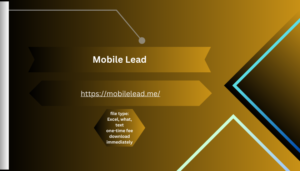Are Working to Improve Mapping of the Area, Providing Emergency Teams With a Reliable Source of Information So They Can Help People After a Disaster. Open Data and Crowdsourcing as Information Sources Understanding Cartographic Information as a Public Service, Open Data and (Public Sector Information Reuse) Contribute Significantly to This Project, as There Are Many Public Administrations That Invest Resources in Developing Cartographic and Official Maps. Transferring All This Information to , in Addition to Development Projects, Provides Value to Users and Services, as the Data Contributes to Non-profit Projects.
The Development of and Free Access to Geographical Information. Independent From Third-party Services That May Change Their Policies at Any Time. Currently, as More and More Public Administrations Embrace the Idea of Sharing and Reusing Data, We Can Find a Large Mobile Lead Catalog of Freely Exploitable Data Sets, Among Which We Can Find a Large Number of Data Sets Focusing on Geographical Information That Can Be Integrated Into (Cartography, Street Maps, Aerial Imagery, Etc.). For Example, a Large Portion of the Information Provided About the United States Comes From the Federal Government, Such as.

Images From Satellites or Some Data Directly From the Census Office. In the Case of Spain, Although Data Provided by the National Geographic Institute Still Requires Payment, the Organization Has Released Some Data for Free That is Compatible With the License. Contributions to Do Not Only Come From Big Companies or Public Administrations, Because It is an Open Project and Any User Can Contribute His or Her Grain of Sand and It Adds Up, in Fact Crowdsourcing is the Most Powerful Engine of the Project. Users Upload a Large Amount of Information That They Have Collected Through Their Own Methods to.